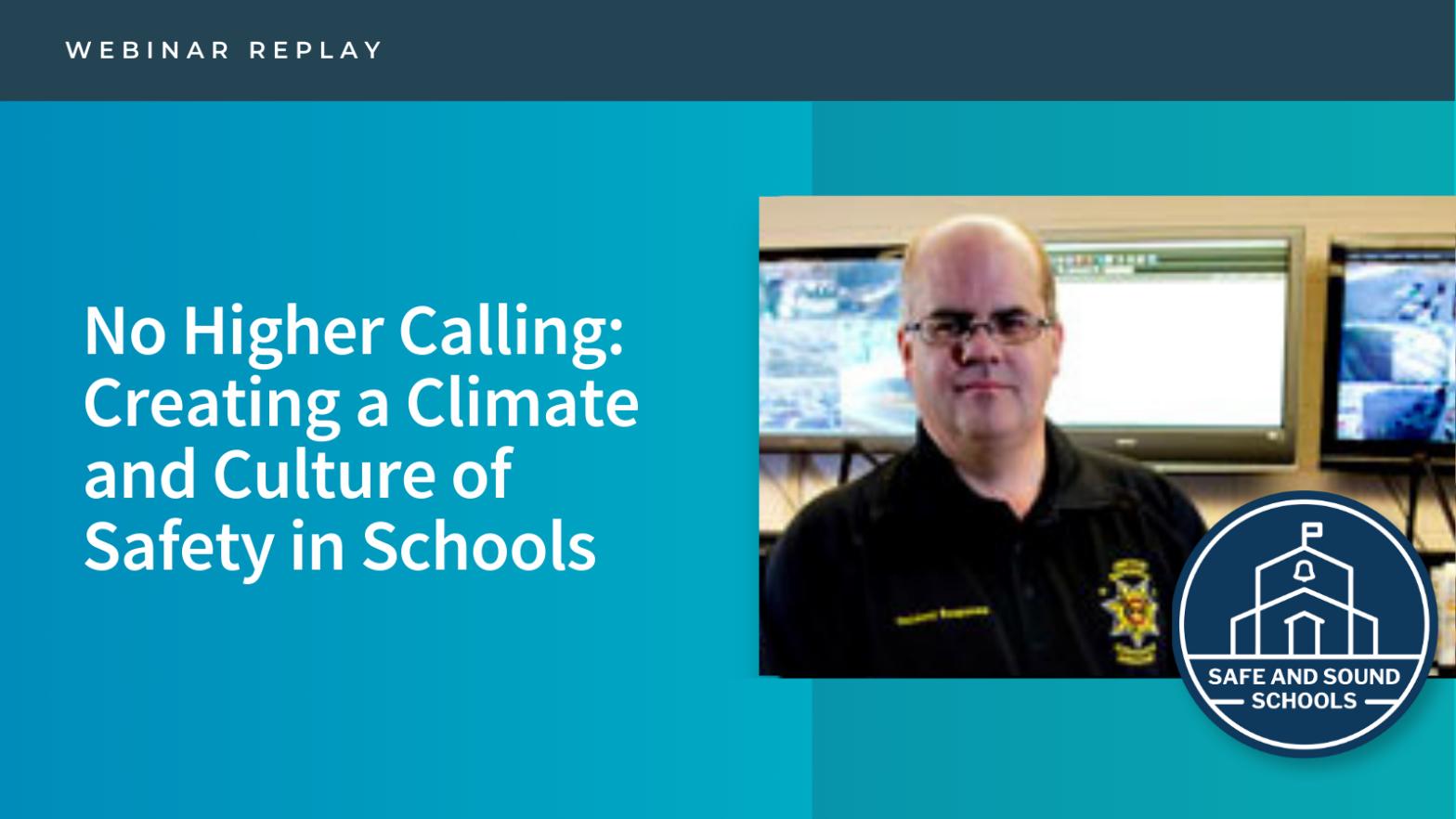Here’s How Instructional Audio Can Play a Key Role in School Safety
By Shaun Fagan, Jason Gale
Ensuring the safety of students and employees is critical in today’s educational environment. While the threat of a school shooting is in the back of everyone’s mind, the truth is there are many possible scenarios that could crop up at any time in classrooms, hallways, and other school spaces—from fights or altercations to a sick child or staff member who requires emergency attention.
Teachers and administrators want fast and reliable ways to summon help when—and where—they need it. Yet, resources are always a challenge, and schools need innovative and efficient solutions that won’t strain their budgets.
One emerging solution to this challenge is to integrate instructional audio systems, commonly known as classroom audio systems, that schools use to amplify teachers’ voices with existing building emergency communication systems.
Instant Two-Way Communication from Anywhere in the Building
Instructional audio has become an invaluable tool for ensuring all students can clearly hear the teacher’s instruction, while also giving teachers the flexibility to move freely around their classroom. Instructional audio systems include a microphone for the teacher and speakers placed strategically around the room, enabling students to hear instruction more effectively—and many see gains in their achievement as a result.
By integrating an instructional audio system with a school’s existing communications infrastructure—including paging, intercom, and telephone systems—schools can derive more value while also giving teachers the ability to communicate with administrators and/or call for help instantly from anywhere in the building.
The instructional audio system integrates with a school building’s existing life safety and communication systems through Power over Ethernet (PoE) network connectivity. With its two-way audio connection, teachers can talk directly with an office administrator from wherever they are.
This mobility aspect is essential, as it frees teachers to circulate around their classroom to work with students as appropriate—while still being able to communicate with an administrator instantly from anywhere in the room (or building).
Piloting the Technology at Hart Public Schools
Michigan’s Hart Public Schools is piloting this type of approach within its buildings. The instructional audio system the district is using includes three programmable buttons on the teacher’s lanyard microphone. By integrating this classroom audio system with the district’s existing phone and intercom system, teachers can use the microphone to initiate two-way communication in the event of an emergency.
The district has configured one of the buttons on the lanyard microphone to initiate a silent emergency alert that teachers can press if they need immediate assistance. Pressing the button sends a discrete call for help to the front office. It also initiates an alert in the system’s web console that identifies the type of alert and the teacher’s location, whether they’re in their classroom or another part of the building.
The district has configured the second button on the lanyard to summon help if teachers need assistance in a non-emergency situation and the third button to initiate a two-way call to the front office.
Meeting a Growing Demand
Adding key safety and communication features to an instructional audio system meets a growing demand for safety and security provisions among schools.
According to the 2022 “State of School Safety Report” from Safe and Sound Schools, a nonprofit school safety advocacy and research center, students, parents, and educators overwhelmingly agree that school safety is of paramount importance. Yet, only 68 percent of students said they feel safe at school, suggesting there is room for improvement as K-12 leaders look for ways to keep their school communities secure.
Integrating an instructional audio system with a school’s existing communications system, like Hart Public Schools has done, can meet this need by providing teachers with an instant communication tool that offers simplicity, mobility, and immediacy.
If an emergency were to occur, such as a fight breaking out or a student or staff member suddenly collapsing, teachers could summon help with the touch of a button. This empowers educators and administrators to respond quickly and appropriately during a crisis situation, where time is of the essence and every second shaved from a response could help save lives.
In the event of an active shooter or lockdown situation, teachers could be in constant contact with school safety personnel or—if a school’s communications infrastructure allows for this—even emergency first responders.
The ability for teachers to call for help discretely or initiate a two-way call instantly from anywhere in the building is a powerful advancement in the effort to keep schools safe. Doing so using an instructional audio system that helps students hear and comprehend instruction more effectively creates additional value for schools by leveraging the same technologies for both classroom audio and emergency communications.
This originally published on Campus Safety Magazine.


